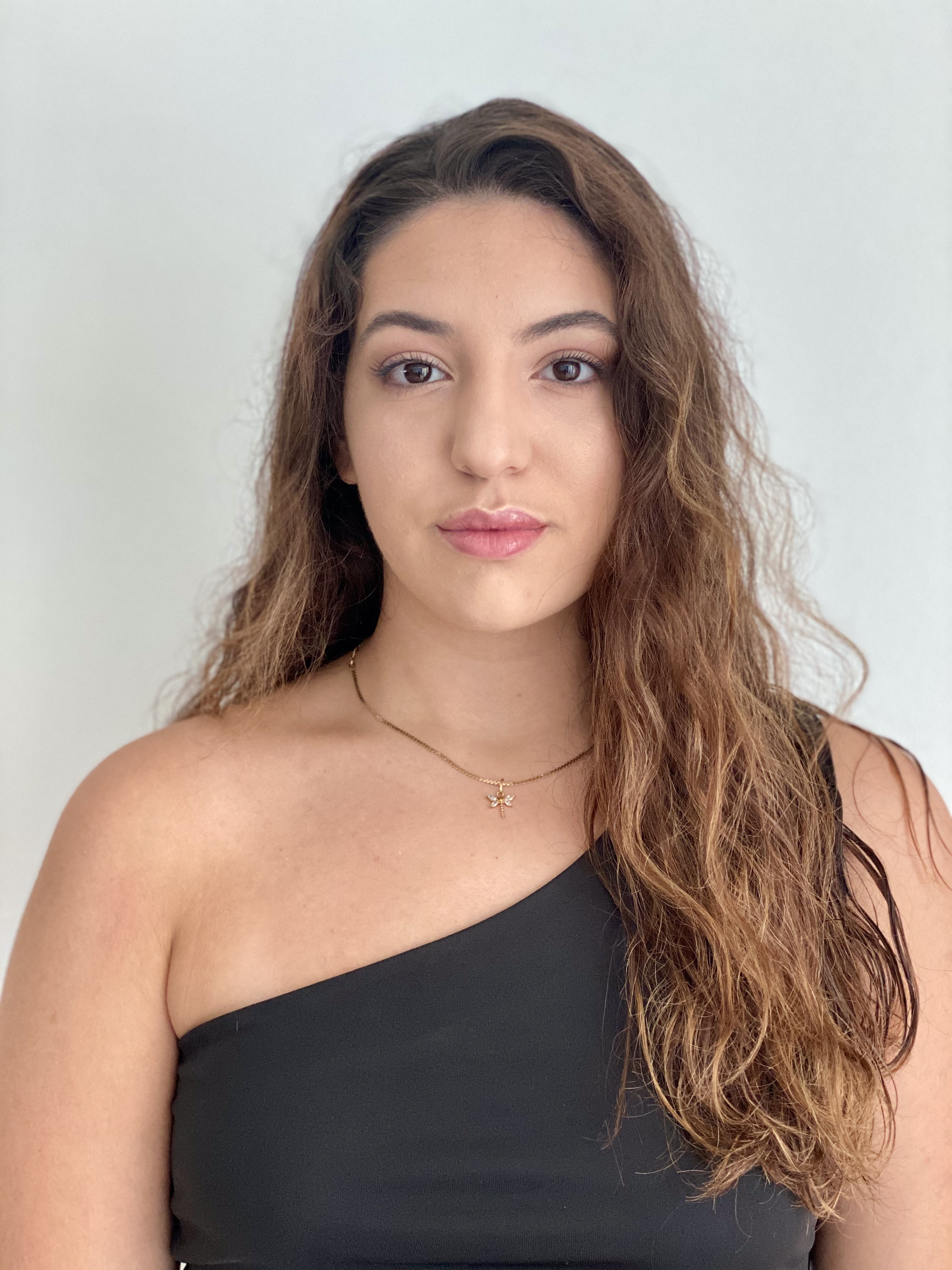Research Symposium
22nd annual Undergraduate Research Symposium
Catherine Rodriguez Poster Session 2: 10:00-10:45/Poster #41

BIO
My hometown is Miami, FL, though I was born in Cuba and raised in Chile. Some of my interests include painting on canvases and practicing self-care.
Additionally, I have an appreciation for the arts; I enjoy both engaging with various art forms and being an observer. This past academic year, I started participating in research through the UROP program. This experience has not only introduced me to excellent mentors, but it has also sparked an interest in science. I now feel more invested in the pursuit of knowledge. My main career objective is to attend medical school and become a doctor.
Analyzing Input and Output Neurons in the Olfactory Bulb of Mice
Authors: Catherine Rodriguez, Dr. Douglas StoraceStudent Major: Behavioral Neuroscience
Mentor: Dr. Douglas Storace
Mentor's Department: Biological Science Mentor's College: Florida State University Co-Presenters: None
Abstract
In Dr. Storace’s lab, we aim to broaden our understanding of the olfactory bulb in transgenic mice. The objective of Dr. Storace’s lab is to determine the olfactory bulb’s role in sensory processing and olfactory perception. Working alongside my mentors, Dr. Douglas Storace and Dr. Narayan Subramanian, I learned that the structure of the olfactory bulb consists of input neurons transmitting sensory information to output neurons, connecting on glomeruli. Throughout these two semesters, my goal has been to better understand the bulb circuitry on a cellular level, by successfully imaging a coronal section of the olfactory bulb, by which I could determine its different components. To fulfill my tasks, I used harvested brains from transgenic mice that have been genetically engineered to express distinctive genes that code for fluorescent proteins found in neurons. To retrieve the coronal sections, I sliced the brain using a vibratome. Once they were cut, I stained them with DAPI (a DNA staining gel) and covered them with a coverslip, leaving them overnight in the lab’s fridge to solidify the gel. When it was ready to be studied, I observed them under a fluorescent microscope and documented my findings using the microscope’s computer program and ImageJ. The coronal sections were not properly imaged. However, we used other examples to distinguish between the input neurons (red fluorescent) and the output neurons (green fluorescent). After having conducted the study, I feel compelled to further explore the neuroscience field.
Keywords: Neuroscience, olfactory bulb, neurons, fluorescent microscopy

